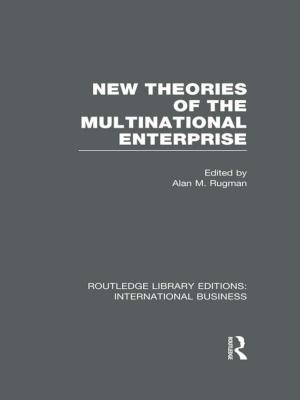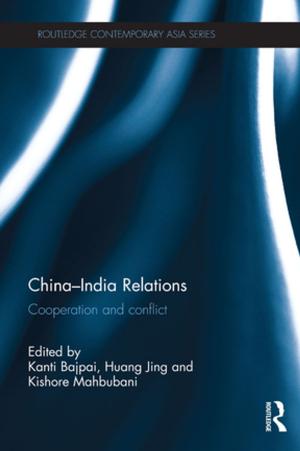Justice, Judocracy and Democracy in India
Boundaries and Breaches
Nonfiction, Reference & Language, Law, Social & Cultural Studies, Political Science| Author: | Sudhanshu Ranjan | ISBN: | 9781317809777 |
| Publisher: | Taylor and Francis | Publication: | March 21, 2014 |
| Imprint: | Routledge India | Language: | English |
| Author: | Sudhanshu Ranjan |
| ISBN: | 9781317809777 |
| Publisher: | Taylor and Francis |
| Publication: | March 21, 2014 |
| Imprint: | Routledge India |
| Language: | English |
This book offers an innovative approach to studying ‘judicial activism’ in the Indian context in tracing its history and relevance since 1773. While discussing the varying roles of the judiciary, it delineates the boundaries of different organs of the State — judiciary, executive and legislature — and highlights the points where these boundaries have been breached, especially through judicial interventions in parliamentary affairs and their role in governance and policy. Including a fascinating range of sources such as legal cases, books, newspapers, periodicals, lectures, historical texts and records, the author presents the complex sides of the arguments persuasively, and contributes to new ways of understanding the functioning of the judiciary in India.
This paperback edition, with a new Afterword, updates the debates around the raging questions facing the Indian judiciary. It will be of great interest to students and scholars of law, political science and history, as well as legal practitioners and the general reader.
This book offers an innovative approach to studying ‘judicial activism’ in the Indian context in tracing its history and relevance since 1773. While discussing the varying roles of the judiciary, it delineates the boundaries of different organs of the State — judiciary, executive and legislature — and highlights the points where these boundaries have been breached, especially through judicial interventions in parliamentary affairs and their role in governance and policy. Including a fascinating range of sources such as legal cases, books, newspapers, periodicals, lectures, historical texts and records, the author presents the complex sides of the arguments persuasively, and contributes to new ways of understanding the functioning of the judiciary in India.
This paperback edition, with a new Afterword, updates the debates around the raging questions facing the Indian judiciary. It will be of great interest to students and scholars of law, political science and history, as well as legal practitioners and the general reader.















